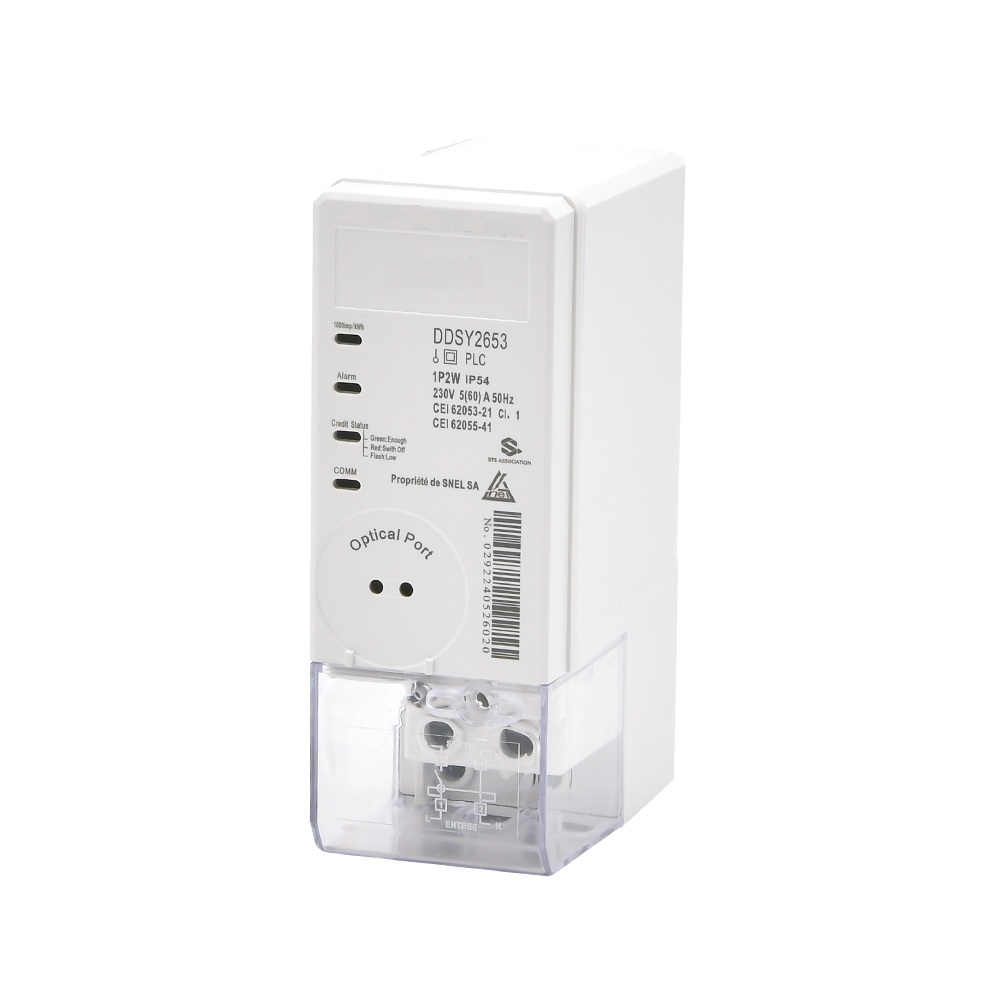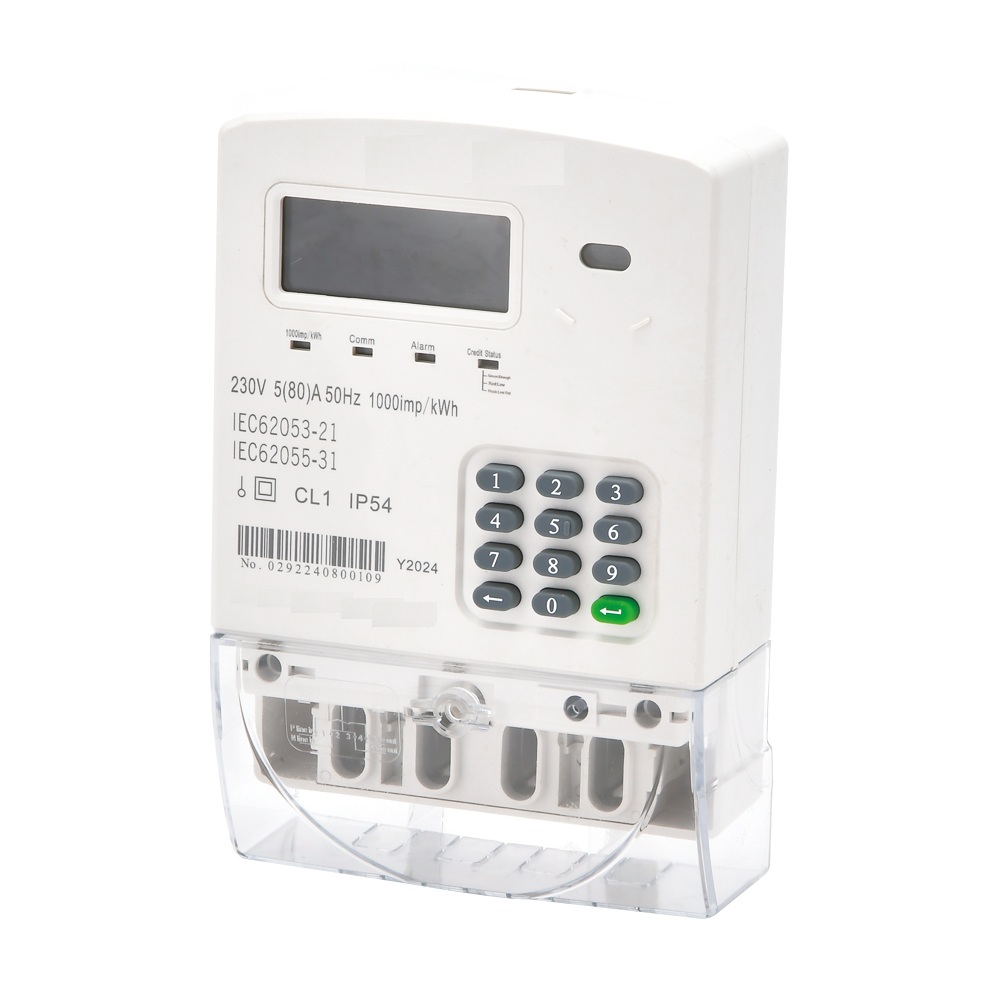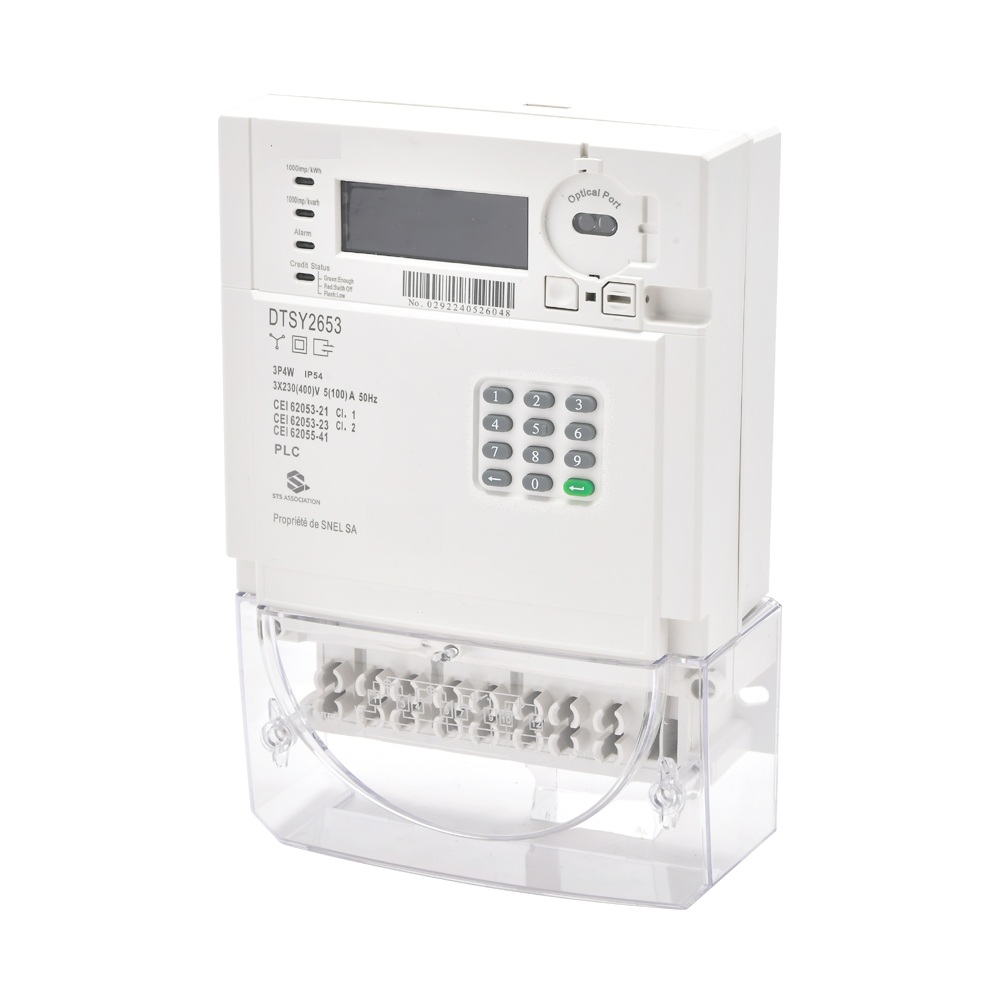How about a smart meter?
Publish Time: Author: Site Editor Visit: 510
1、 Core Function: Precise Measurement and Intelligent Management
High precision measurement
By using digital signal processing and high-precision sensors, the measurement error is much lower than that of traditional electric meters. It can accurately measure parameters such as voltage, current, and power factor, avoiding electricity disputes caused by measurement errors. For example, the measurement automation system 3.0 launched by Southern Power Grid in Guangdong has increased its computing power by 10 times and achieved an annual inspection and testing capacity of 28 million units, significantly improving measurement accuracy.
Real time monitoring and data analysis
Support real-time display of current electricity consumption, power, and historical data statistics (daily/weekly/monthly). Users can view electricity consumption trends and identify high energy consuming devices through mobile apps or web pages. For example, smart meters can detect appliances with high standby power consumption and remind users to turn them off in a timely manner to reduce standby power consumption.
Peak valley electricity price and electricity consumption optimization
In areas where peak and valley electricity prices are implemented, smart meters can remind users of the current electricity price range and help arrange electricity consumption time reasonably. For example, adjusting the usage time of high-power appliances such as washing machines and water heaters to the valley electricity price period can save 20% -30% of electricity bills.
Prepaid and Remote Control
Some models support prepaid functionality, allowing users to recharge before using electricity to avoid power outages due to overdue payments; Power companies can improve operational efficiency by remotely reading meters, monitoring meter status, and even remotely cutting off or restoring power supply.
2、 Advantages: time-saving, labor-saving, and cost-effective
Save time and effort
Automatically collect data without the need for manual meter reading, reducing workload and error rates. For example, Southern Power Grid has fully implemented smart meter status evaluation and replacement, saving an average of 1.35 billion yuan in replacement costs per year.
Reduce energy waste
By real-time monitoring and abnormal alarms (such as sudden and significant increases in electricity consumption), help users identify energy waste issues and provide improvement suggestions. For example, smart meters can detect electrical leakage caused by line aging and promptly remind users to repair it.
Cost savings
By optimizing electricity consumption behavior and making reasonable use of peak and off peak electricity prices, users can significantly reduce their electricity bills. For example, a household adjusted the air conditioning usage time to the valley electricity price period through smart meter data analysis, saving about 15% of monthly electricity bills.
Support distributed energy access
Smart meters are compatible with distributed energy sources such as solar and photovoltaic systems, enabling bidirectional metering and anti backflow functions, helping rural households utilize clean energy. For example, the ADL-N series intelligent bidirectional metering meter can be combined with an inverter to achieve anti backflow and meet export needs.
3、 Challenge: Security, Interference, and Acceptance
Security and Privacy Issues
Data transmission relies on the network, which poses a risk of being attacked by hackers and may lead to the leakage of user privacy. We need to strengthen network protection and data encryption technology, such as using quantum computing encryption to enhance security.
Electromagnetic and Network Interference
Electromagnetic interference may lead to inaccurate meter readings, and network interference may cause data transmission interruptions. Choose a model with strong anti-interference ability and maintain it regularly.
user acceptance
Some users have doubts about new technologies and are concerned about personal information leakage or complex operations. It is necessary to enhance acceptance through publicity and education, as well as simplifying the user interface, such as providing a one click query function for electricity consumption data.
High cost
The price of smart meters is 1.5-2 times that of traditional meters, and they require supporting communication modules and smart terminals. Rural areas need to balance initial investment with long-term benefits, such as reducing the payback period through electricity cost savings and government subsidies.
4、 Applicable scenarios: Cost effective choices for rural households
Recommended scenarios
Peak valley electricity price regions: By utilizing smart meters to reasonably utilize valley electricity prices and reduce electricity expenses.
Distributed energy access: When installing solar photovoltaics in households, bidirectional metering meters are required to achieve grid connection and surplus electricity grid connection.
Electricity safety requirements: Smart meters can monitor issues such as leakage and overload in real time, improving electricity safety.
Carefully choose the scene
Areas with poor network coverage: If the communication signal is unstable, it may cause data transmission failure, and a model that supports local storage should be selected.
Families with limited budget: If only basic metering functions are needed, traditional electricity meters have a higher cost-effectiveness.



